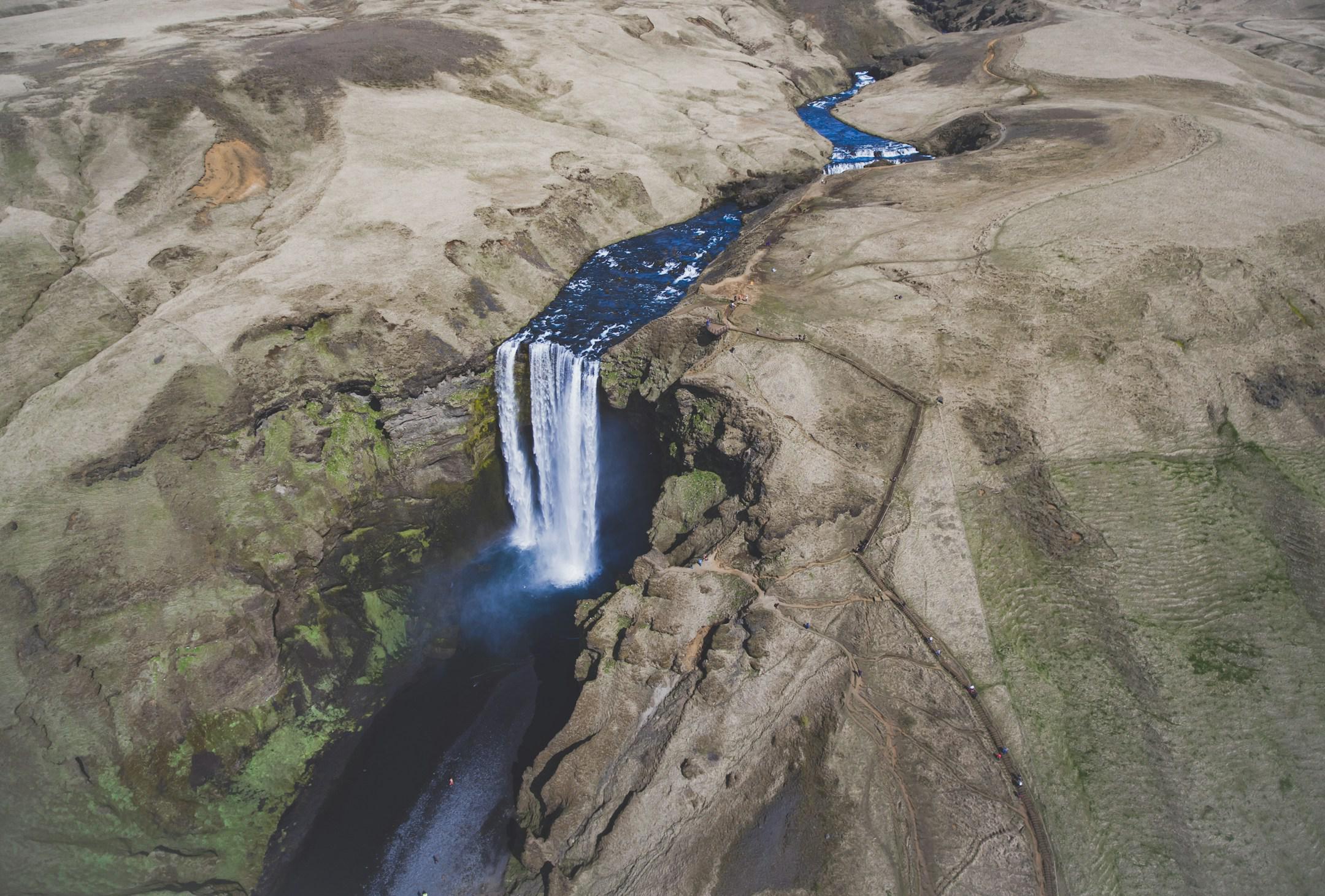Integrating Terrestrial Scanning with Traditional Survey Methods

In the ever-evolving field of land analysis, professionals constantly seek ways to enhance accuracy and efficiency. Terrestrial scanning, with its ability to capture detailed, three-dimensional data, starkly contrasts traditional survey methods that rely on point measurements and manual calculations. By understanding these technologies, we can better understand the terrain, infrastructure, and environmental features in question.
This blog post explores the value of integrating terrestrial scanning techniques with conventional surveying practices to understand land characteristics better.
Terrestrial scanning, also known as 3D laser scanning, employs laser technology to capture detailed measurements of physical objects and environments. This method creates a highly accurate digital representation of the scanned area, producing point clouds that can be manipulated and analyzed in specialized software. Professionals use terrestrial scanning for various applications, including topographical mapping, architectural documentation, and site monitoring. The precision and speed of this technology make it an invaluable tool for capturing complex geometries and vast landscapes in a fraction of the time required by traditional methods.
Traditional survey methods have been the backbone of land analysis for centuries. Techniques such as leveling, triangulation, and GPS-based measurements provide essential data for establishing boundaries, elevations, and contours. While effective, these methods can be labor-intensive and time-consuming, often requiring multiple field visits and manual calculations. However, when used in conjunction with terrestrial scanning, these traditional techniques can enhance data collection's overall accuracy and completeness. The integration allows surveyors to leverage the strengths of both approaches, resulting in richer datasets and more informed decision-making in land analysis projects.
Integrating terrestrial scanning with traditional survey methods enhances the accuracy and efficiency of land analysis. Traditional survey methods, such as leveling and triangulation, provide reliable yet time-consuming data collection, often capturing only a landscape snapshot. In contrast, terrestrial scanning employs laser technology to create detailed 3D models of terrain and structures in a fraction of the time. This combination allows surveyors to gather a wealth of data, quickly identifying topographical features and potential obstacles while minimizing human error. As a result, the integration streamlines the data collection process and boosts the overall quality of the survey results.
Furthermore, the synergy between these methods opens new avenues for comprehensive land analysis. By harnessing the detailed outputs from terrestrial scanning, surveyors can achieve a more holistic view of the land, integrating point cloud data with traditional measurements. Consequently, this dual approach aids land planning and development, environmental assessments, and infrastructure projects. Stakeholders can make more informed decisions as they benefit from a robust dataset that captures the surveyed area's micro and macro aspects.
Integrating terrestrial scanning with traditional survey methods offers a range of practical applications that significantly enhance land analysis. For instance, in urban planning, surveyors can use terrestrial scanning to create detailed 3D models of existing landscapes, combining this data with traditional cadastral surveys to delineate property boundaries accurately. This synergy allows planners to visualize proposed developments within their real-world context, ensuring that projects meet both aesthetic and regulatory requirements.
Additionally, environmental assessments benefit from this integration as they enable comprehensive monitoring of ecosystems, including vegetation health and topographical changes, facilitating better decision-making regarding conservation efforts.
In construction, integrating these technologies streamlines workflows and minimizes project risks. For example, engineers can harness terrestrial scanning to generate precise as-built models that reflect current site conditions. Combined with traditional measurement techniques, these models enable teams to spot discrepancies early in construction, averting costly delays and rework. Furthermore, during post-construction surveys, combining these methods aids in thoroughly inspecting structural integrity and compliance with design specifications.
At AOI Solutions, our terrestrial scanning services harness the power of advanced 3D terrestrial laser scanning technology to offer unmatched precision in surveying and mapping. This is pivotal for clients who want detailed and accurate representations of physical space.
Contact our team today by calling 321-877-0056!